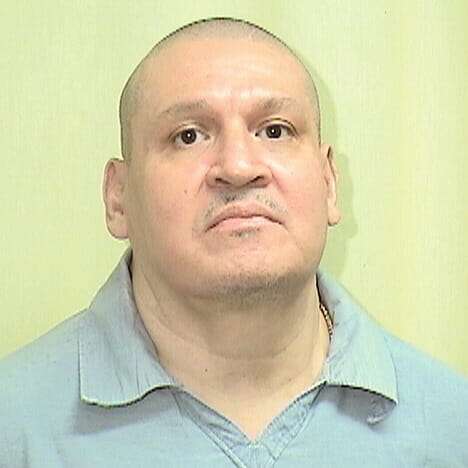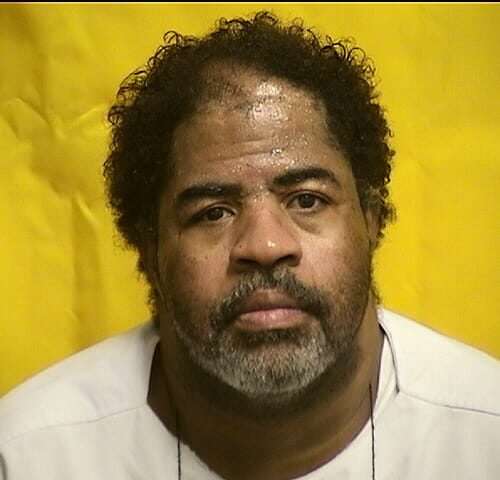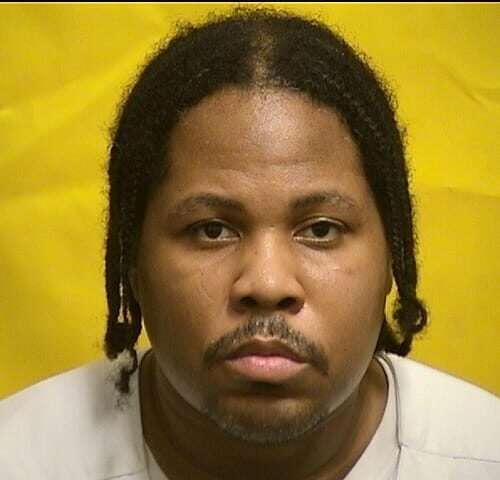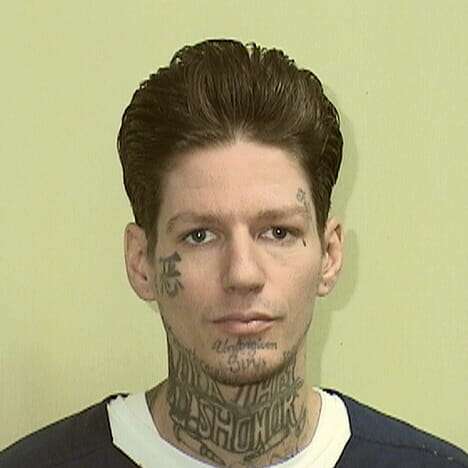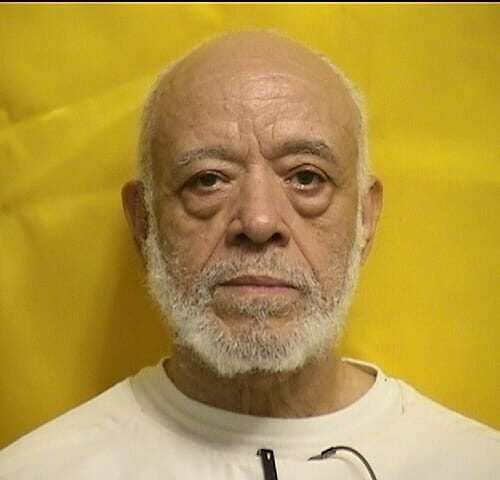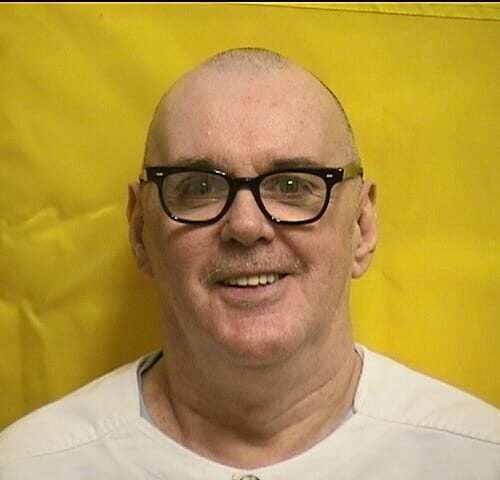Gregory Esparza Ohio Death Row
Gregory Esparza was sentenced to death by the State of Ohio for a robbery murder. According to court documents Gregory Esparza would enter the Island Variety Outlet and would shoot and kill the clerk, Melanie Gerschultz, during the robbery. Gregory Esparza was arrested, convicted and sentenced to death. Ohio Death Row Inmate List Gregory Esparza … Read more
